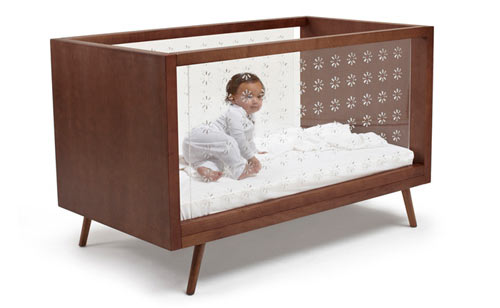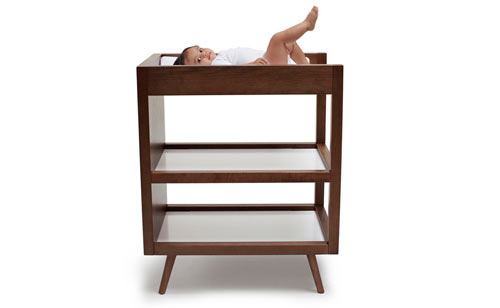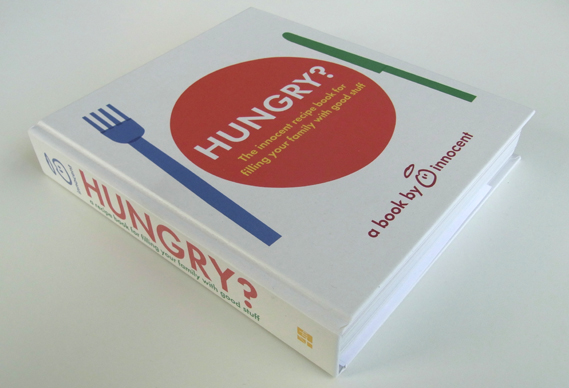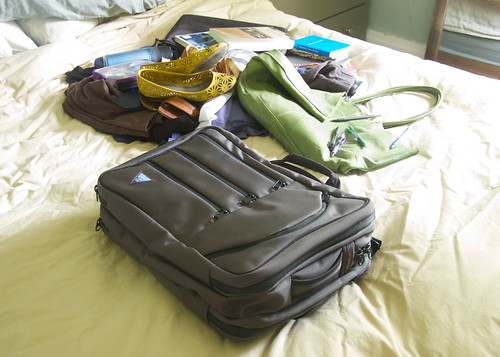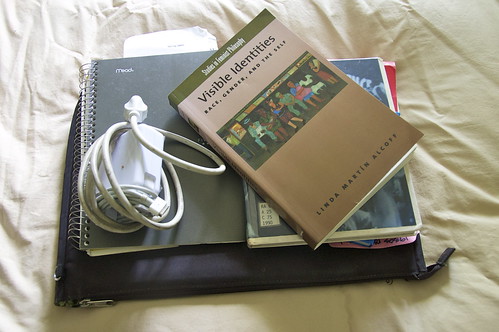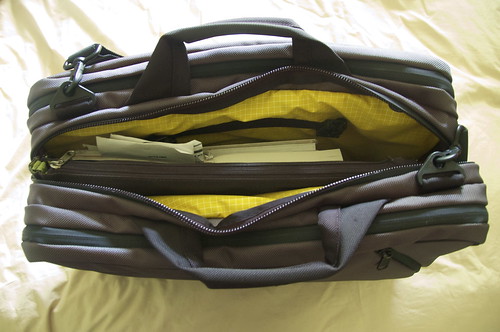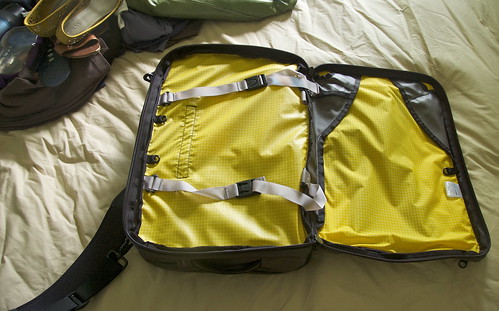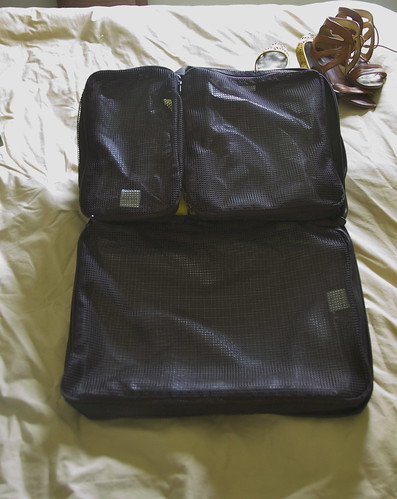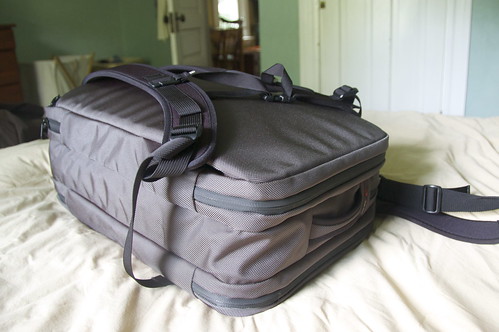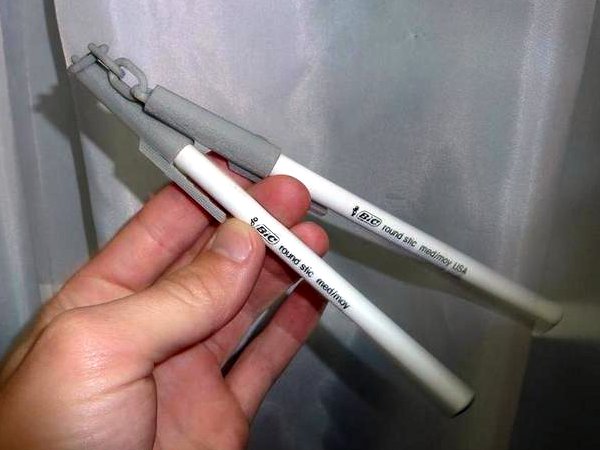My first thought - SO entering the drawing, because I WANT THIS BAG. Then I visited the website. I want everything on the website. All so smart, so chic, so intelligently designed!
I just wish I could somehow get it TODAY. Ah well. Shall have to enter the drawing on Friday. Is the only way to afford bag of awesome.
via
academichic by admin on 7/5/11
It's been just about six years since my husband and I discovered
Tom Bihn, a company making cleverly designed bags from US Ballistic nylon in Seattle, Washington. Since then, we've been devoted fans,
especially of our carry-on
Aeronaut bags.
But, as much as I love the maximal carry-on capacity of the Aeronaut, it's a little bit too big for my two or three day conferences and research trips. So, I was thrilled when Tom Bihn offered to let me review their new(ish), slightly smaller carry-on bag,
the Tri-Star. For short trips — particularly short trips when you need to hit the ground running off to a museum, archive, or auditorium — this bag is a great blend of briefcase and suitcase, small enough to fit easily in a locker but spacious enough to accomodate more than enough clothes and whatnot for a few days.
Take, for example, my recent research trip to New York City. I needed to go directly from the airport to a museum archive. This meant bringing my luggage with me on a bus, train, and a brief walk to a building with not-generously sized lockers. Besides clothes and toiletries, I also needed to bring my laptop, some reading material, note-taking material, and folders to house my piles (we hope!) of research findings.
(Did I mention that these bags come in fun color combinations? I have grellow luggage! At last!)
The Tri-Star is basically made of three compartments that can be further sub-divided as necessary. The center compartment is the perfect size for my laptop and other nerdy supplies. Plus, there's still a little bit of room for a snack in there, too.
The back compartment has nifty hold-down straps for clothing. I folded and strapped down a pair of knit pants, a cotton button-down, a thin tunic, two skirts, a jersey dress, and a knit blazer. My big soft tote bag fit easily on top of all of that without straining the compartment zipper.
The front compartment is the one that got my compartmentalized packing self all excited. You could easily fit multiple configurations of packing cubes in there…
Or, you could choose to divide the compartment with the built-in zipper. Oh look, it's the perfect place to stash shoes…
My remaining clothes (underwear, pajamas, camisoles, a skirt slip, and three knit tops) and toiletries all fit easily into another packing cube. Speaking of, Tom Bihn pretty much makes a little zippered pouch for anything you can imagine: jewelry, toothbrush, a chapter of your dissertation…the usual.
The front of the Tri-Star has three tiered zippered pockets of varying depths. It's the perfect place to put things that you need to access easily, like your passport, boarding passes, pens, earbuds, printed directions, phone, etc.
And then, you could use the additional zippered pocket to tuck a few more sundry items or…you could use the nifty little snapping contraption to create the perfect little pouch for your water bottle or travel mug.
As with the Aeronaut, the Tri-Star has easy-to-grip handles and can also convert into a backpack. The very comfortable shoulder strap can be purchased separately as well. I find the backpack orientation to be the easiest way to travel with this bag when I'm boarding an aircraft or rushing to catch a bus or train. Once I'm at my destination, it's easy to switch to a briefcase carry.
Are these the most aesthetically stylish bags on the market? No. But it's incredibly well-made, sturdy,
smart, and worth the initial output of cash. And I like that in a bag. Oh, and, for you international travelers, the Tri-Star meets carry-on requirements for Europe and Australia as well, since it's smaller than the Aeronaut.
Why am I telling you all of this? Well, partly because I really, truly love Tom Bihn bags and have been on a crusade to convert as many family members and friends to them as possible. But also…we'll be offering a chance for you to
WIN a Tri-Star in Tom Bihn's newest color of custom U.S. 1050d ballistic nylon: Forest.
The giveaway starts on Friday, so be sure to check back for an opportunity to snag your very own Tri-Star in Forest/Ultraviolet. Start dreaming about what perfect little trip you could take…


